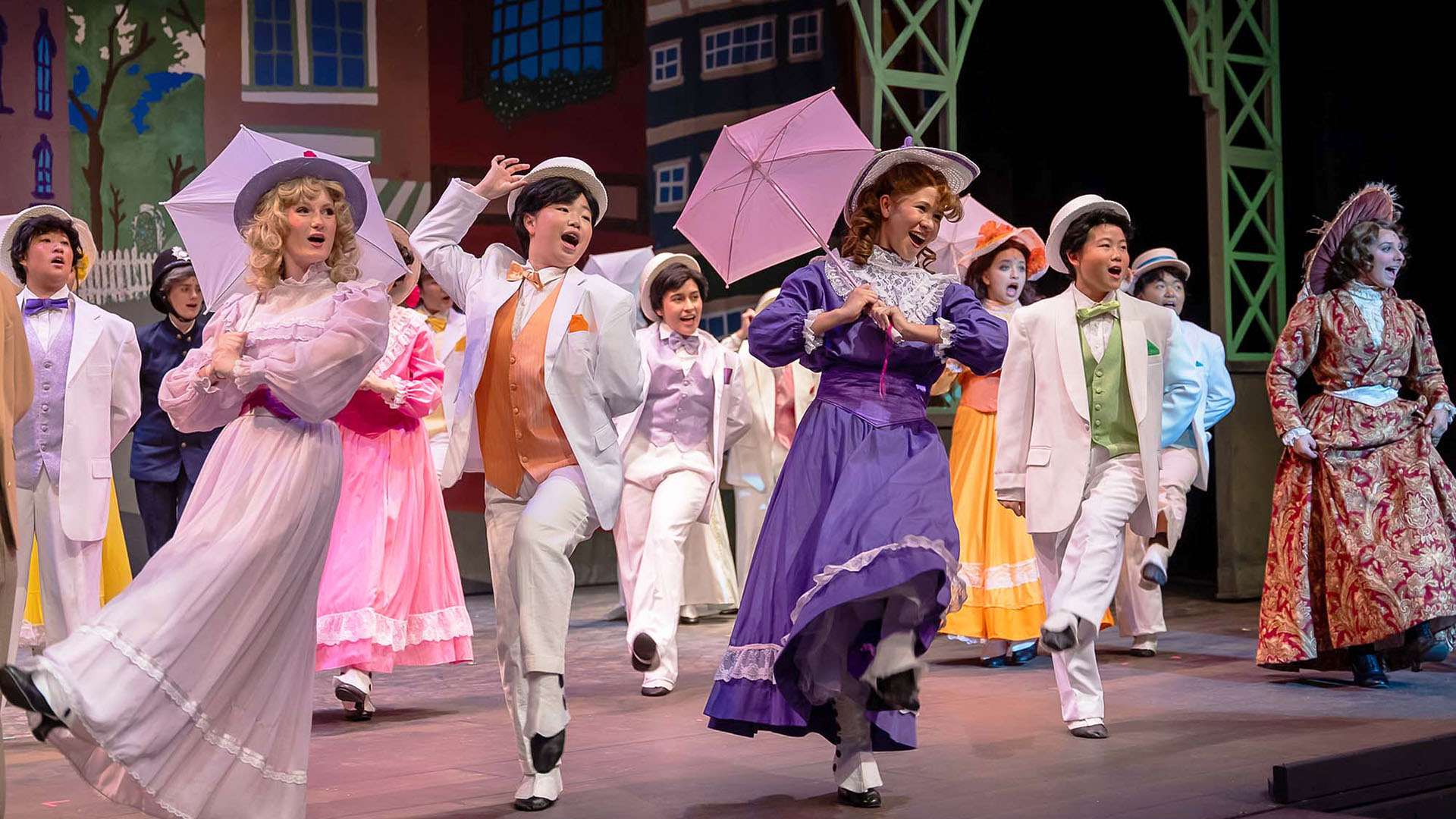2025–26 Season
We hope to see you at one of our shows!
Fall Musical — Cinderella
Winter Play — Hamlet
Spring Musical — SpongeBob SquarePants

Technical Theatre
Our theatre tech program is as popular as our performance track. After all, offstage is where the wizardry happens. As part of a production's technical crew, students get an overview of everything that happens behind the scenes: costuming, lighting, makeup, painting, prop making, scenery, and sound. And they work alongside professionals in the field, including set builders, a costumer, and even a scenic artist who works for Disney Imagineering.


